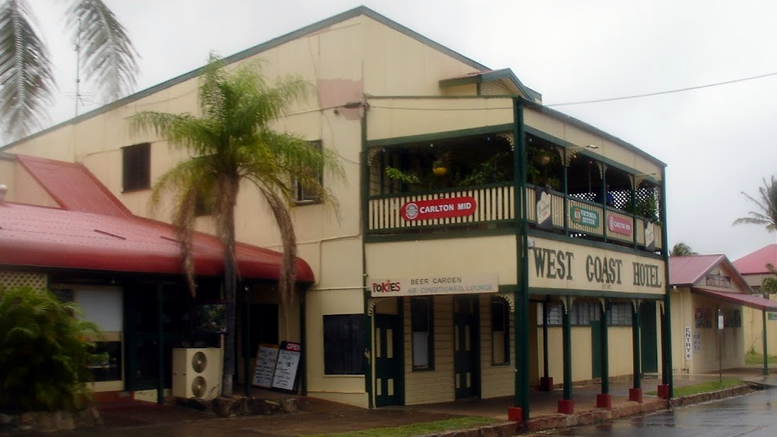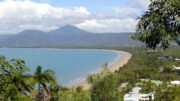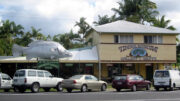
Welcome to Cooktown, a place steeped in history as the site of Australia’s inaugural European settlement. Back in June 1770, Captain James Cook and his intrepid crew established camp here after their ship, the Endeavour, suffered damage on the coral reefs of the Great Barrier Reef near Cape Tribulation. For approximately six weeks, they resided along the picturesque riverbanks of Cooktown, forming friendly bonds with the local Aboriginal community. Notably, Cook’s accomplished naturalist, Joseph Banks, meticulously documented a plethora of native flora and fauna, amassing a collection that he later transported back to England.
In 1873, the nearby Palmer River witnessed the glittering discovery of gold, triggering a rush of eager prospectors to the region. Subsequently, an estimated 30,000 miners flocked to Far North Queensland in pursuit of fortune. The gold rush frenzy eventually waned, leading to a decline in population to around 1,500. However, the town experienced a resurgence during the early 1940s when Australian and American troops were stationed in and around Cooktown, with the pivotal Battle of the Coral Sea utilising the strategic Cooktown airfield against Japanese forces.
Today, Cooktown exudes a serene rural charm infused with tropical allure, beckoning visitors to experience its unique ambience. Home to approximately 1,500 residents, the town is nestled about 236 km south of Cairns. Travelling inland by road takes roughly 4–5 hours, while the coastal route spans around 7 hours and often necessitates a 4WD vehicle for certain sections. Serving as a hub for the surrounding agricultural and fishing regions, Cooktown boasts an airstrip accommodating light aircraft and boasts well-equipped port facilities.
The region brims with an array of captivating attractions, complementing its breathtaking landscapes and pristine coastline. Among these treasures, the James Cook Museum takes centre stage, housing a treasure trove of artefacts from Captain Cook’s transformative voyages. The museum itself is a marvel, once serving as the St. Mary’s Convent, envisioned as a cornerstone of a burgeoning Australian metropolis. Also gracing the town is the venerable Westpac Bank, an architectural gem with resplendent cedar joinery and imposing masonry columns that stand as a testament to Queensland’s aesthetic heritage.
For panoramic vistas of Cooktown and its environs, venture to the apex of Mount Cook, the town’s loftiest peak. Scattered atop the mount are monuments commemorating significant milestones, including the inaugural sighting of a kangaroo by European eyes. A captivating bronze statue of this iconic marsupial stands as a photographic delight.
Nature enthusiasts will find solace in Cooktown’s exquisite Botanical Gardens, sprawling across 154 acres and established in 1978. Recent restoration efforts have breathed new life into charming stonework and scenic walking paths that guide visitors to Finch Bay and Cherry Tree Bay beaches, both havens of tranquillity.
Thanks to the nearly fully sealed inland road, Cooktown has emerged as an alluring destination for Far North Queensland explorers. The Bicentennial Heritage Trail, which originates in Healesville near Melbourne, stretches a staggering 5,330 km to reach Cooktown, captivating travellers with its historical and natural wonders.
Accommodation options abound, catering to diverse preferences, including motels, hotels, and campgrounds. Amidst the town’s hospitable ambience, numerous pubs, restaurants, as well as the RSL and bowls club, extend warm welcomes, offering refreshing libations and delectable meals.




